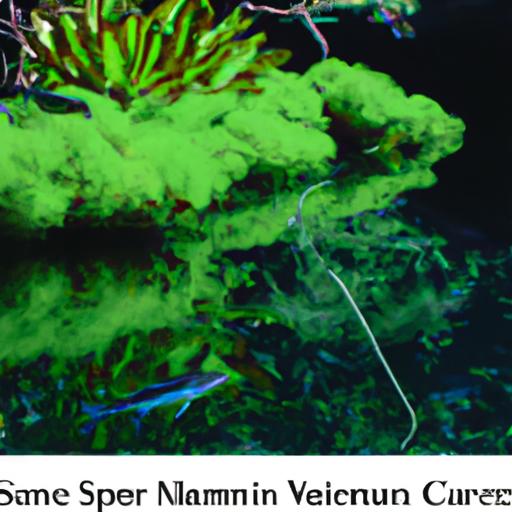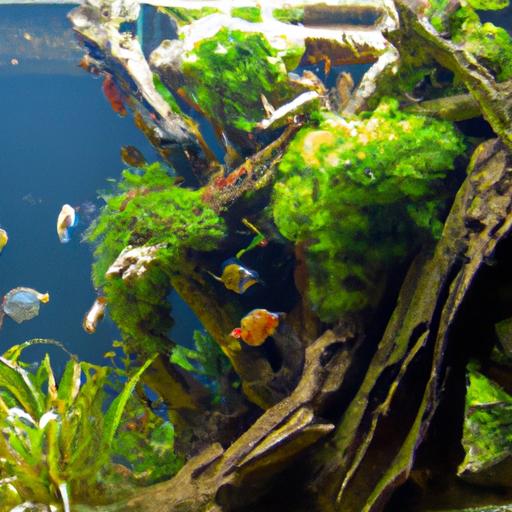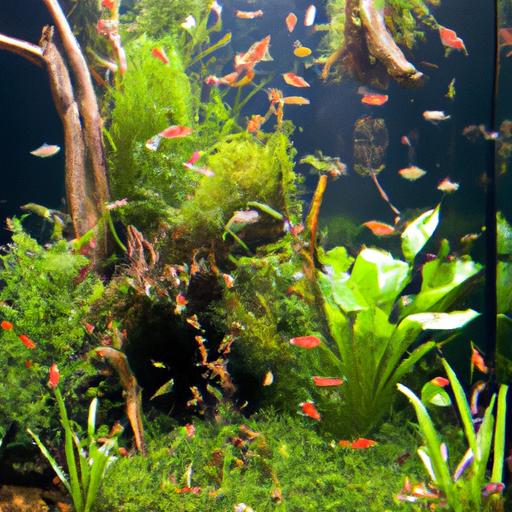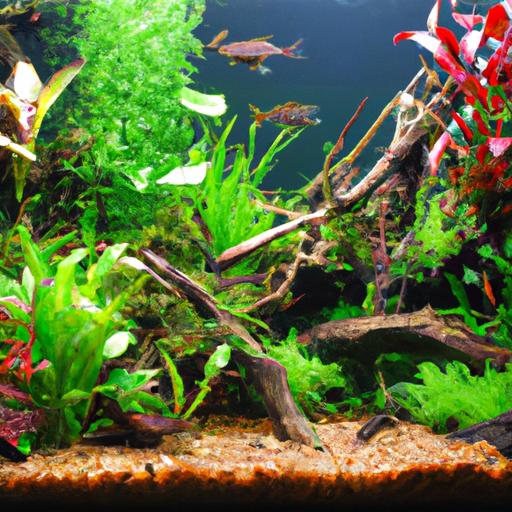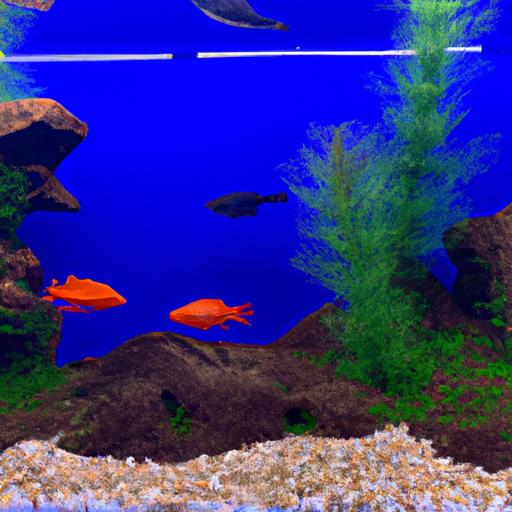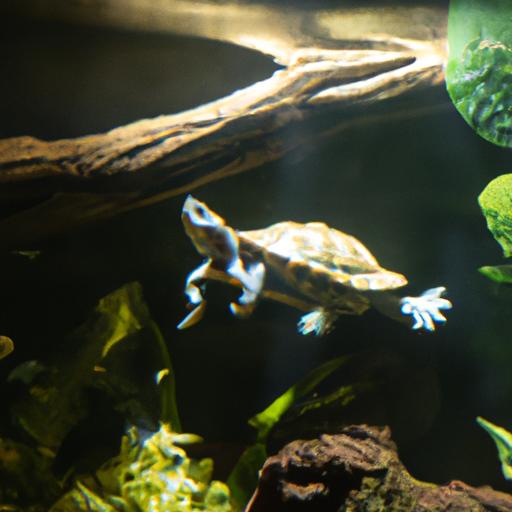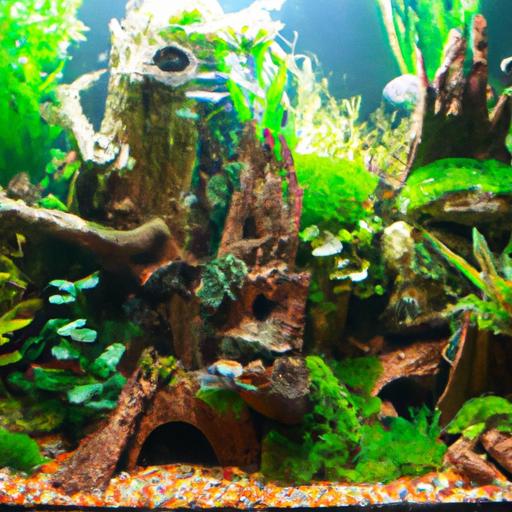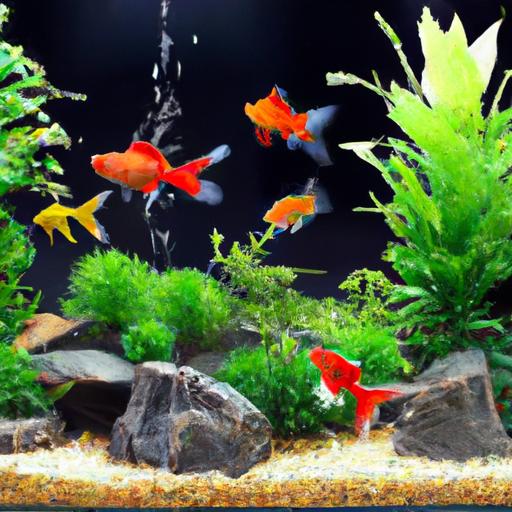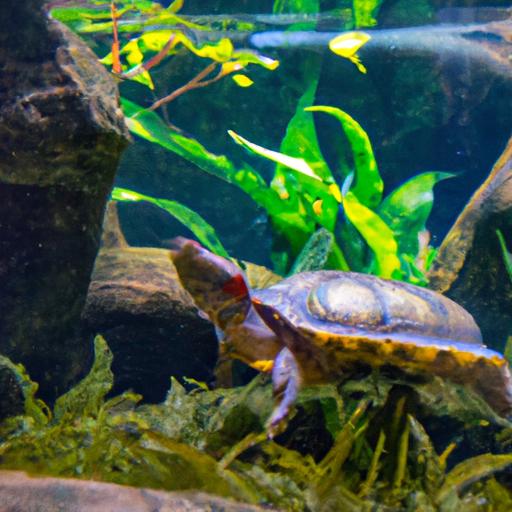
Tips for Successful Freshwater Turtle Keeping
Discover essential tips for successful freshwater turtle keeping. Learn how to provide the perfect tank setup, maintain optimal water conditions, and more.
Introduction
Are you considering keeping freshwater turtles as pets? These fascinating creatures can bring joy and wonder to your life, but they also require proper care and attention to thrive. In this article, we will provide you with valuable tips for successful freshwater turtle keeping. By following these guidelines, you can ensure a healthy and happy life for your aquatic friends.
Tips for Successful Freshwater Turtle Keeping
Proper Tank Setup
One of the first steps in providing a suitable habitat for your turtles is setting up the tank correctly. Here are some essential tips:
- Choosing the right tank size: Turtles need enough space to swim and explore. As a general rule, allow for 10 gallons of tank capacity per inch of turtle shell length.
- Providing appropriate filtration system: Clean water is crucial for the well-being of your turtles. Invest in a high-quality filtration system that can efficiently remove waste and maintain water quality.
- Creating a suitable basking area: Turtles require a dry area where they can bask and receive UVB light. Install a platform or rock structure in the tank, ensuring it is easily accessible for your turtles.
Maintaining Optimal Water Conditions
Proper water conditions are vital for the health of your freshwater turtles. Here are some tips to maintain optimal conditions:
- Monitoring and regulating temperature: Turtles are ectothermic, meaning they rely on their environment to regulate their body temperature. Keep the water temperature between 75-80°F (24-27°C) for most turtle species.
- Ensuring proper water quality: Regularly test the water parameters such as pH, ammonia, nitrite, and nitrate levels. Maintain appropriate levels by using water conditioners and performing partial water changes when necessary.
- Regular water changes: Aim to replace 25-50% of the tank water every 2-4 weeks to prevent the accumulation of harmful substances and maintain water clarity.
Providing a Balanced Diet
A nutritious diet is crucial for the overall health and well-being of your turtles. Follow these tips to ensure a balanced diet:
- Understanding the nutritional needs of turtles: Different species of turtles have varied dietary requirements. Research the specific nutritional needs of your turtle and provide a diet that includes a mix of proteins, vegetables, and fruits.
- Offering a variety of food options: Provide a diverse range of food items such as commercial turtle pellets, live or frozen insects, leafy greens, and occasional fruits. This variety will help meet their nutritional needs and prevent dietary deficiencies.
- Avoiding overfeeding: Turtles have a tendency to overeat, which can lead to obesity and other health issues. Feed them an appropriate portion size that they can consume within a few minutes, adjusting the quantity as they grow.
Ensuring a Suitable Habitat
Creating an enriching environment for your turtles is essential for their mental and physical well-being. Consider the following tips:
- Adding appropriate decorations and hiding spots: Include rocks, driftwood, and plants to provide hiding spots and create a stimulating environment for your turtles.
- Choosing the right substrate: Use a substrate that is safe and easy to clean. Avoid small gravel or sand that your turtles may accidentally ingest.
- Providing UVB lighting: Turtles require UVB light for calcium metabolism and shell health. Invest in a high-quality UVB light source and ensure it is placed at an appropriate distance from the basking area.
FAQ (Frequently Asked Questions)
How often should I feed my freshwater turtle?
The feeding frequency depends on the age of your turtle. Young turtles may require daily feeding, while adults can be fed every other day. It’s essential to monitor their weight and adjust the feeding schedule accordingly.
Can I keep multiple turtles together?
In some cases, it is possible to keep multiple turtles together. However, it’s crucial to consider the size of the tank, compatibility of the species, and ensure adequate space and resources for each turtle. Always research the specific needs of your turtle species before considering tankmates.
How long do freshwater turtles live?
Freshwater turtles can live for several decades. Depending on the species, their lifespan can range from 20 to over 50 years. Providing proper care and a suitable environment can contribute to their longevity.
What are the common health issues in freshwater turtles?
Some common health issues in freshwater turtles include shell infections, respiratory problems, vitamin deficiencies, and parasites. Regular veterinary check-ups, proper diet, and maintaining optimal water conditions can help prevent these issues.
In conclusion, successful freshwater turtle keeping requires attention to detail and adherence to specific care guidelines. By following the tips outlined in this article, you can provide your aquatic companions with a healthy and fulfilling life. Remember to provide a suitable tank setup, maintain optimal water conditions, offer a balanced diet, and create a stimulating habitat. By doing so, you can ensure the well-being and longevity of your freshwater turtles. Happy turtle keeping!

